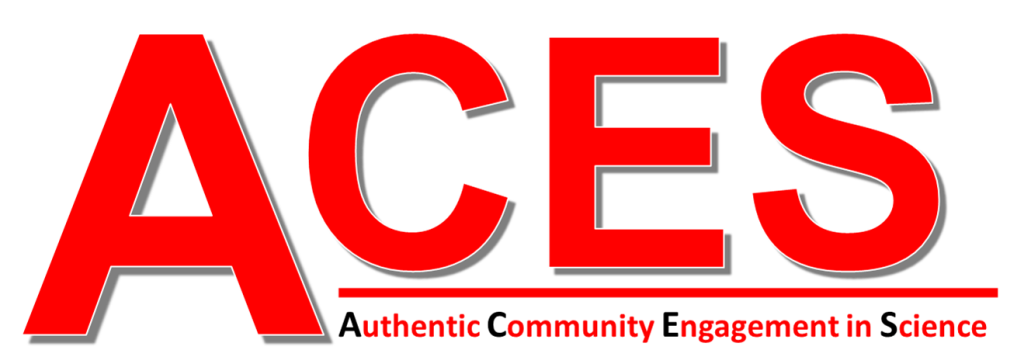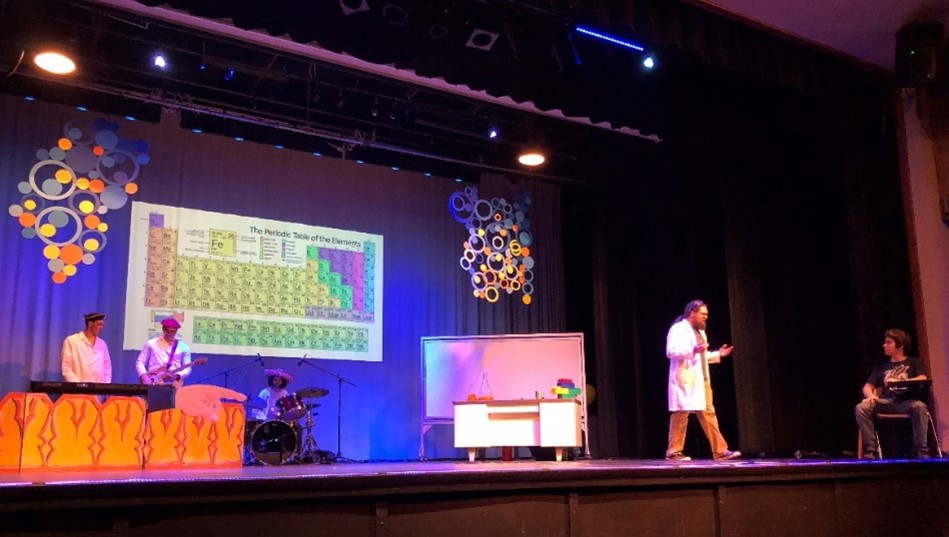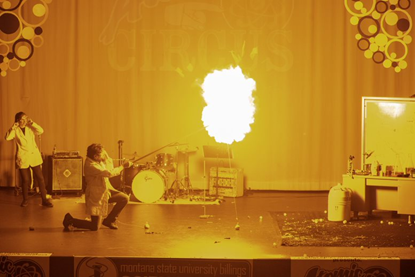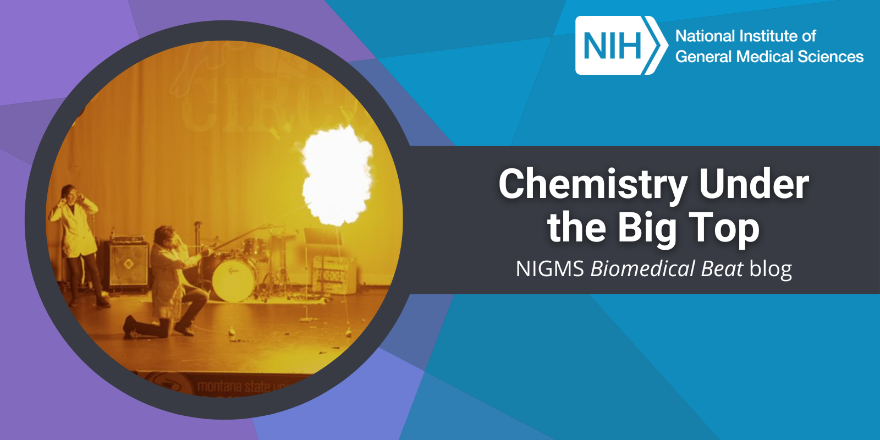
“Our main goal is to get elementary students excited to learn about STEM, and for them to see how beautiful and relevant science can be to communities in eastern Montana,” says Amanda Obery, Ph.D., an assistant professor in elementary education at Central Washington University in Ellensburg, Washington. Dr. Obery co-leads the Authentic Community Engagement in Science (ACES) project with Matt Queen, Ph.D., an assistant professor in biological and physical sciences at Montana State University Billings (MSUB).
A Custom STEM Curriculum with a Local Emphasis
ACES connects teachers and biomedical professionals within Montana communities, including those that are predominantly Native American, to create a culturally relevant STEM curriculum for local students in grade 5. For Dr. Obery, this collaborative work is the most fun part of the project: “We have to figure out what’s important to each community and how we can help students see themselves involved in science. Are we putting role models who look like them in the limelight? Are we successfully showing them how science impacts them and how biomedicine is actively working in their community to allow it to grow? We rely on community engagement sessions to answer these questions and to develop the best possible curriculum for these students.”
Every year, the project partners with different rural school districts in eastern Montana—with six planned over the course of 5 years, reaching approximately 7,200 students—and rolls out a multiweek curriculum that introduces students to life from a macro view all the way to the atomic level. The district teachers collaborate with the ACES team to help develop the curriculum, and because it’s specifically tailored to their local community, they can continue to use it year after year. It includes short videos of Dr. Queen explaining some of these concepts or interviewing community members with jobs that use STEM skills and knowledge.
ACES also provides a curriculum for grade 5 students in Billings and then invites them on a field trip to MSUB each year for a tour of the campus. “Getting kids onto a college campus and having them realize that higher education is accessible and available right in their backyards is an important part of ACES that we established early on,” says Dr. Queen. The project is working to set up similar visits to local Tribal colleges for students from other partner districts.
The Atomic Circus

While crafting the curriculum is Dr. Obery’s favorite part of the project, Dr. Queen’s favorite is putting on the Atomic Circus, a stage show and theatrical play about chemistry. The event is held once a year at both MSUB and the partner school at the end of their curriculum. With the help of a local college student, the audience learns what it means to study chemistry and sees the scientific concepts they learned in the curriculum come to life with demonstrations. That is, until the college student falls asleep during the demonstrations and dreams of being at the Atomic Circus, where a band plays music for an interpretive dance troupe whose performances represent molecular movement and activity.
The theme of the show is the difference between physical change and chemical change. In one demonstration, Dr. Queen exposes a balloon to liquid nitrogen and shows the audience how the balloon shrinks as the air within the balloon cools. To explain this phenomenon at the molecular level, the dancers—representing air molecules—gather under a parachute and dance randomly around the stage to fast, upbeat music. They bump into one another and the inside of the parachute to keep it in the air. The music begins to slow down, and so do the dancers. With less movement, the parachute begins to fall in on itself and becomes smaller, much like the supercooled balloon.

Pete Bolenbaugh plays the bass guitar for the Atomic Circus’ house band, Always Be Creative. The self-identified “rock band for kids” has a greater role in the show than just providing the soundtrack. “Chemistry experiments don’t always go the way you expect, so we sometimes have to improvise to keep the show moving. It’s our job to fill the pauses and be goofy to keep the audience engaged,” says Bolenbaugh.
Immediately after the show ends, the team hosts a series of STEM workshops where MSUB faculty showcase their research through small demonstrations or hands-on activities for the students. The faculty represent fields ranging from exercise science to economics. “We designed the STEM workshops to be an extension of the engagement and excitement that we generate in the kids during the stage show. We wanted to take that energy and transfer it to a series of activities that would lead students to realize that a career in STEM is bigger than just being a mathematician, for example. The STEM field is an interconnected web of disciplines with potential applications to whatever career they decide to go into,” says Dr. Queen.
Making an Impact
The ACES team hosts community nights where the students come back for a second showing of the Atomic Circus—this time with their entire families. “Of all the success and positivity that has come out of the Atomic Circus, I’m most proud of the cross-generational excitement that comes with it. It’s so special to see students and their parents excited about being on campus to see the show,” says Dr. Queen.
The community nights have been so successful that they’re standing room only. “It’s been amazing to see this response to the show and to the curriculum, especially knowing that it’s based on issues that are relevant to the community,” Dr. Obery adds. As someone who attended the same Billings school system that he’s now serving, Bolenbaugh notes how special it has been to see the melding of two of his favorite things—the arts and the sciences—teaching students to see science all around them. Moving forward, the team looks to continue to inspire a love for STEM in Montanan students.
ACES is supported by the NIGMS Science Education Partnership Award program through grant R25GM137374.


